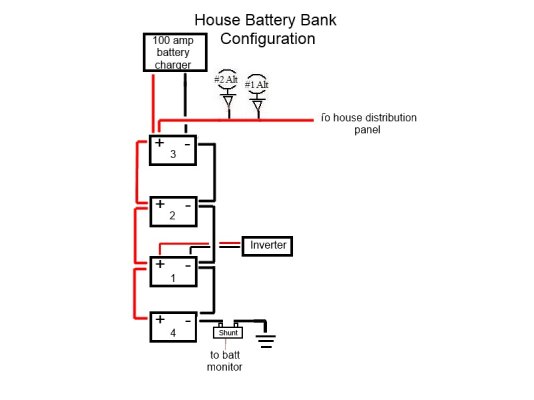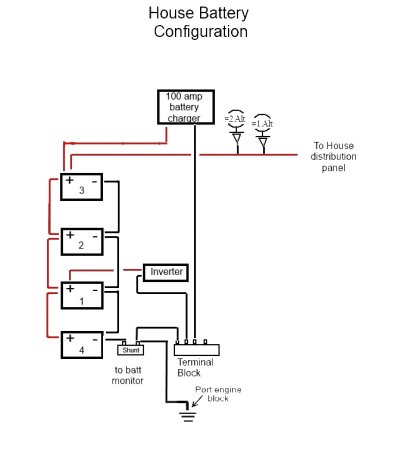timjet
Guru
- Joined
- Apr 9, 2009
- Messages
- 1,920
I installed a cheap 1200 watt continuous/ 2000 watt surge Chinese inverter primarily to watch TV on the hook. Paid 90 bucks for it, so yea it's cheap. Bought at harbor freight.
The battery cables are #2 AWG 15 feet long. If my calculations are correct, for the 2000 watt surge I would need a 166 amp fuse installed as close to the battery as possible.
If amps = watts/volts then amps = 2000 watts/ 12 volts which yields 166 amps. Correct? or
or 
The battery cables are #2 AWG 15 feet long. If my calculations are correct, for the 2000 watt surge I would need a 166 amp fuse installed as close to the battery as possible.
If amps = watts/volts then amps = 2000 watts/ 12 volts which yields 166 amps. Correct?
 or
or 


 .. .. .. .. obthomas for president !!
.. .. .. .. obthomas for president !! 


